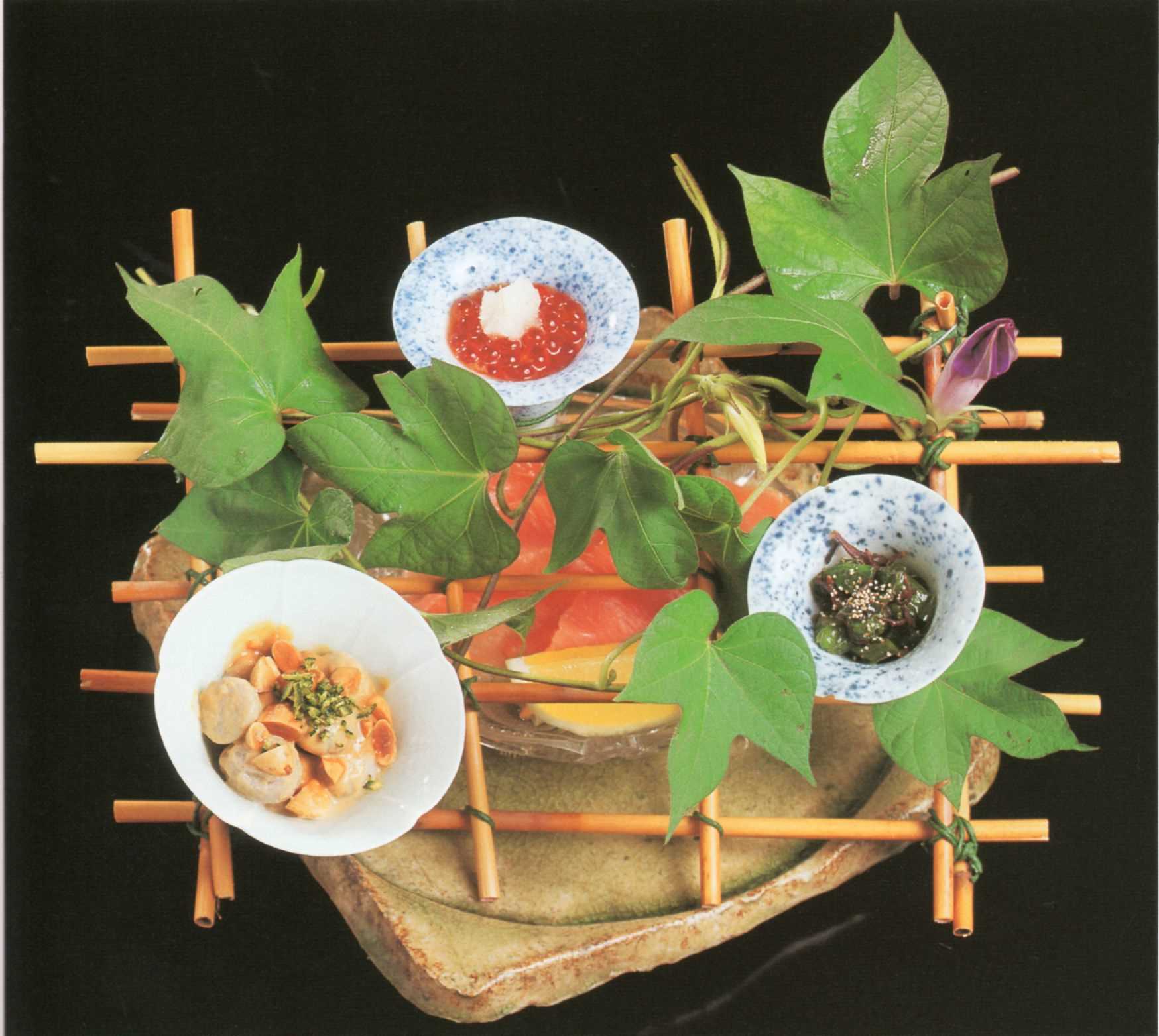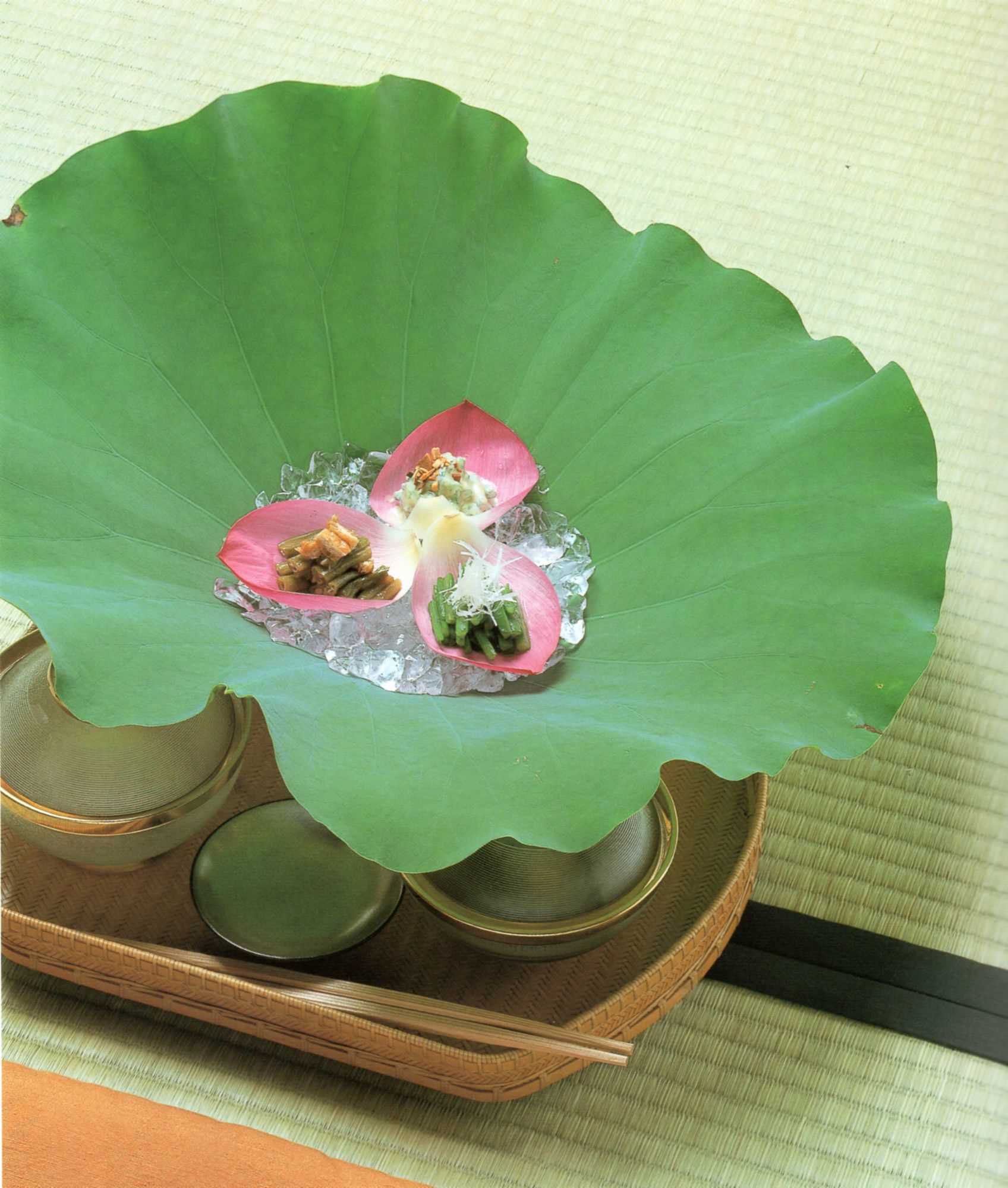
Teiichi Yuki: A Life Dedicated to Japanese Cuisine and Tea Ceremony
It may seem surprising, but the form of Japanese cuisine we know today, one that highly values seasonality and the natural flavors of ingredients, is a modern development. Before this, the mainstream style was honzen ryōri and its emphasis on visual opulence, with an overwhelming number of dishes presented all at once, becoming a form of cuisine intended to be seen more than consumed. Beginning in the last half of the 19th century, as Western cuisine flowed into the country and the face of Japanese cuisine began to transform, Teiichi Yuki, founder of the renowned Kitcho restaurant, introduced tea ceremony cuisine into the mainstream of Japanese dining. These dishes had previously only been served in the context of tea ceremony gatherings, and this move marked a significant turning point for Japanese cuisine. Yuki, who possessed a deep understanding of tea ceremony, conceived a style of plating and tableware that visually conveyed a sense of the seasons. He also meticulously attended to every detail of the serving methods, thereby laying the groundwork for contemporary washoku. When Yuki's cuisine was featured in books along with photos, it spread so widely that Japanese restaurants nationwide were said to have adopted the "Kitcho style," eventually becoming known around the world. Ayaka Uchida, Curator Yuki Museum of Art

Photo:Lotus Flower Mukozuke Three flat beans, each prepared in a different color, are served on individual lotus petals and then enveloped by a large lotus leaf. The beauty revealed when opening the lotus leaf, secured with a bamboo skewer, is truly exceptional. (Reproduced from Yuki Museum of Art (Ed.), Dream propitious Yuki Teiichi, Asahi Shimbun Publications, 2002) Thumbnail:Appetizer: Morning Glory Trellis (Asagao-dana) This dish features smoked salmon on a plate, topped with a miniature morning glory trellis intricately adorned with vines and leaves. Morning glory-shaped sake cups contain a medley of salmon roe pickled in sake lees, grated daikon, pan-fried mustard greens with green chili oil, taro root with sesame and crushed roasted beans, and scattered yuzu zest. It is served on an Oribe square plate by ceramicist Rosanjin. (Reproduced from Yuki Museum of Art (Ed.), Dream propitious Yuki Teiichi, Asahi Shimbun Publications, 2002)